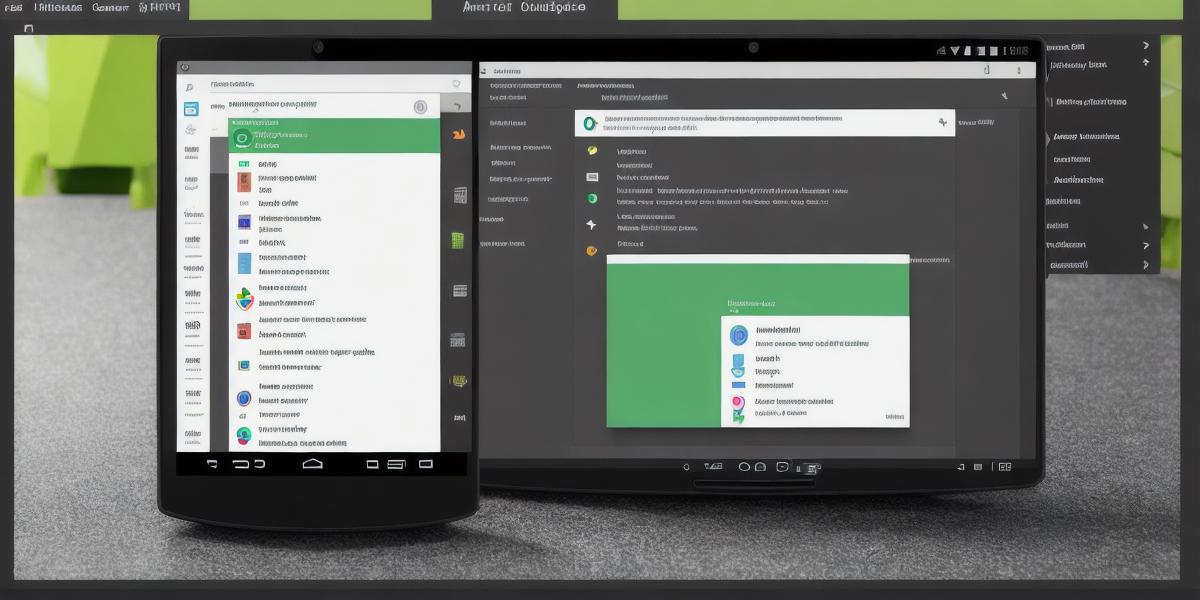Introduction:
Android development has been on the rise for years, with developers worldwide creating new apps and games every day. However, developing for Android can be a challenge due to its complexity and fragmentation. This is where the Android Development Bridge (ADB) comes in handy. ADB is a powerful tool that allows developers to interact with their Android devices from a computer, making it easier to develop, test, and debug Android apps. In this article, we’ll explore the features and benefits of ADB and how it works.
What is ADB?
ADB is a command-line tool that allows developers to communicate with their Android devices from a computer. It is part of the Android SDK (Software Development Kit) and can be used to perform various tasks such as installing apps, managing device settings, debugging apps, and more.
How does ADB work?
ADB works by establishing a connection between your computer and your Android device. When you connect your device to your computer, ADB detects it and establishes a connection over USB or Wi-Fi. Once the connection is established, you can use ADB to perform various tasks on your device.
Features of ADB:
- App Installation: ADB allows developers to install apps on their Android devices directly from the command line. This is useful for testing and debugging apps without having to go through the Google Play Store.
- Device Management: ADB provides a way to manage device settings such as Wi-Fi, Bluetooth, and GPS. Developers can also use ADB to reboot their devices or perform other system maintenance tasks.
- Debugging: ADB includes a powerful debugger that allows developers to debug their apps on the device itself. This is useful for identifying and fixing bugs in real-time.
- Backup and Restore: ADB provides a way to backup and restore device data, including app data, contacts, and settings. This is useful for testing and developing new apps without losing important data.
Benefits of ADB:
- Streamlined Development: ADB makes it easier to develop and test Android apps by providing a single interface for managing device settings, installing apps, debugging apps, and more.
- Time-Saving: Developers can save time by using ADB to manage their devices instead of having to go through the Google Play Store or other settings menus.
- Improved Debugging: The powerful debugger in ADB allows developers to identify and fix bugs in real-time, reducing development time and improving overall app quality.
- Data Protection: ADB provides a way to backup and restore device data, ensuring that important data is protected during development and testing.
Case Study:
Let’s take a look at an example of how ADB can be used in practice. Suppose you are developing a new app for Android and want to test it on your device without having to go through the Google Play Store. You can use ADB to install the app directly on your device by running the following command:

<h2>adb install path/to/app.apk</h2>This will install the app on your device and allow you to test it out. If you encounter any bugs or issues during testing, you can use ADB’s debugger to identify and fix them in real-time, saving time and improving overall app quality.
Summary:
ADB is a powerful tool that every Android developer should be familiar with. Its features and benefits make it an essential part of the development process, allowing developers to streamline their workflow, save time, and improve overall app quality. By using ADB, you can simplify your Android development process and take your app to the next level.
